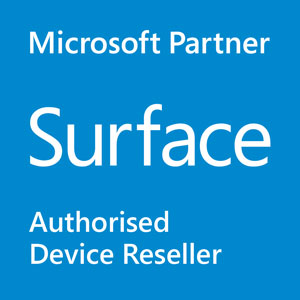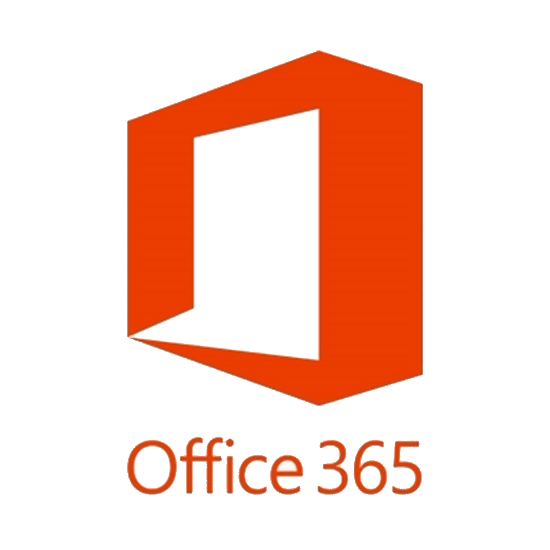Game Changers
Over the last 10 years – thanks to companies like Apple, Samsung, Google and Microsoft – people have gotten overly excited about Pixels Per Inch, Bezel-less Displays, 120Hz screens, 1 finger opening laptops, marginally better cameras, 5G, and now ARM processors are the latest “game changer”. Watch any of the popular device related YouTube channels and you’ll come away with a “game changing” list a mile long.
But lets be honest… In terms of productivity, none of these things make a scrap of difference. These “game changers” change almost nothing.
Behind the Glamor
They’re marketing signals – often numbers – that lure you in and make you feel better about lightening your wallet. Insidiously, they are even used to get you to apply unconscious peer pressure. “What? You don’t have a 120Hz phone? Man, you’re so missing out…!”
This marketing influenced, consumeristic, psychological manipulation, conditions people to make all sorts of dumb decisions. To buy shiny, new, devices that they don’t need. Devices that won’t improve their lives, or their self esteem.
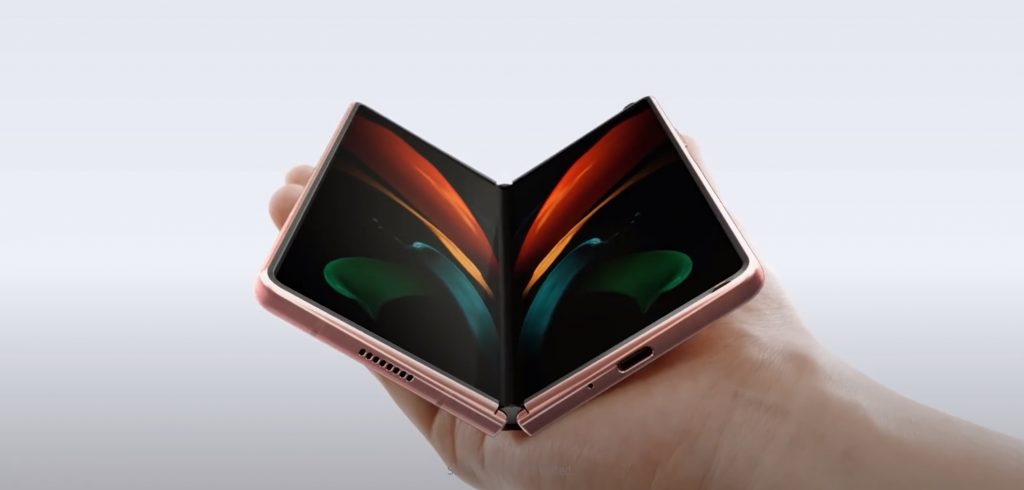
Now, I’m guilty too. If you want to get views (and make money) on YouTube, you need to effuse about the latest device the day it comes out! New Surface device? You can expect a video from me! That’s because a new device video will get about 20 times more traffic than a “how to” video.
Can a new device change things for the better?
As evidenced by the tech reviewers, a lot of people seem to truly believe that getting a new device will make things better. But, will a new device, a Surface Pro X, or a Pro 8, 9, or 10, really change your life or work?

No. It can’t. Because change is hard. If it were as simple as swallowing a colored pill, we’d all be a lot more productive…
The only thing that can change your life is you. Now, let’s not dance around it, even I have opportunities to improve. And I know that you do to!
The Secret to Making Change
The secret to improving the way that you leverage technology is understanding how change happens. And to start that process, the question that you need to ask is why?
How I Learnt to Ask Why
Back in the mid 90’s, I spent some time working for my Dad. I’d been doing a few different jobs, picking up experience along the way. I’d started working in IT, and I was helping people to computerize paper based systems.
I learnt something very powerful from Dad back then. I was working on applying technology to an age old paper process, and he just stopped me and asked, “Why are we doing this?” And I replied, “Oh we need to fill in the form and file it over here…” and he stopped me and said, “No, but why are we doing this? Is this just something that we do because we’ve always done it?”
And it was a bit of a shock when I really thought about it. Because in this case, and I’m sure like many things, there was no real reason to do what we were doing! What we were working on was a paper based process that had developed by osmosis, and it really didn’t serve much of a purpose.
So he helped me to always stop and ask, “why?” Why do we do it this way? Perhaps that’s why Simon Sinek’s book “Start with Why” resonates with me.
Further, I think it was that way of thinking that led him – and then me – to become an early adopter of technology.
Digital Transformation
It’s not that being first can make you productive in any way. Rather, it’s being able to apply technology to process improvement that makes you productive. Being able to spot opportunities for leverage, to identify some new incremental change that really can make life easier.
So many companies talk about Digital Transformation. However through years of discussion with my colleagues, we realised that there is a great big hole in digital transformation that no-one talks about. And that is…
Personal Digital Transformation
Personal Digital Transformation is about applying technology to improve your personal organization, efficiency, and communication.
It is not an unrestrained free for all of technology adoption. In fact it’s far from it. I think people are more aware than ever that there are many algorithms, apps and services that will never make you more productive. In fact so many of them are the exact opposite – productivity thieves! They are little more than slot machines that make you pay with your time.
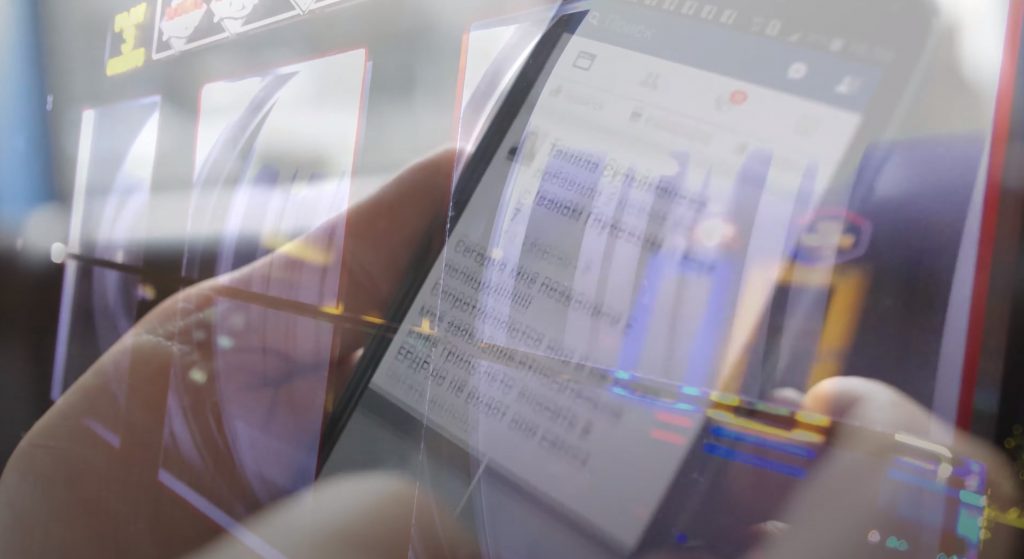
No, Personal Digital Transformation is the purposeful, considered adoption of technology tools that will help you to get things done efficiently. To lower your stress levels, to help you to communicate better, to unlock your true creative power, and to help you to focus deeply. It applies change management methodology to personal tasks – like simply using a computer.
How to Change
The popular Prosci ADKAR change model outlined the stages required for lasting change and improvement.
- Awareness of the need for change.
- Desire to support the change
- Knowledge of how to change
- Ability to demonstrate skills and behaviours
- Reinforcement to make change stick
Hence in order to even start to change the way you work, you must first be aware of the possibilities, and the need, to change. You must make yourself aware of a problem with the way you’re doing things, and the possibility of a better way. This is why it usually takes some sort of irritation to change. Comfortable people don’t change. Why would you?
And don’t be fooled! Being comfortable is not necessarily good for you.
Further, even though you might become aware of a way to improve how you work, it’s not enough just to be aware. Have you ever stayed in an unpleasant, uncomfortable situation for too long? In order to create that desire to change, we must be confident that there is something better, that it’s within reach, and that it is worth the effort.
Gaining the Knowledge
Once you have these two things, change starts to become easier. Gaining knowledge is often easy in the tech world. There is cheap and easy training on practically any tech topic today, much of it is even free, like our videos we share on YouTube.

We’ve produced over 270 knowledge imparting, how-to, videos on YouTube! But to be honest, it’s challenging to get people to watch them. Because they don’t start with the awareness or desire.
No, knowledge itself is the not the start of change. Rather, it’s the 3rd step in the change process.
Our Training
It’s the same with our training work. Companies come to us looking to upskill their staff. But training, imparting knowledge, showing them how to do things, is really only a small part of what we do. What we call training, is actually helping people to discover their why. We’ve found with experience that teaching people skills without the why is pointless.
So in our training, the most important things that we do are; raise awareness, and generate desire. Those both need to start with why?
So then, equipped with that desire, we see people actively acquiring knowledge – gaining those skills that they need – to change the way they work. It can be challenging to get customers to come along on that ride. Often there is a big investment in maintaining the status quo. Sometimes we are really rocking the boat by introducing new possibilities!
Change in Action
We’ve seen these stages of change play out this year on our YouTube channel. The views on videos like “How to sign a PDF in Adobe Acrobat” went through the roof with COVID19! Typically a video like that is not at all popular. In the first 250 of it’s 500 days now on YouTube, that video had a relatively good 12,000 views. But in those next 250 days – right through the COVID pandemic, it’s seen over 100,000 views!
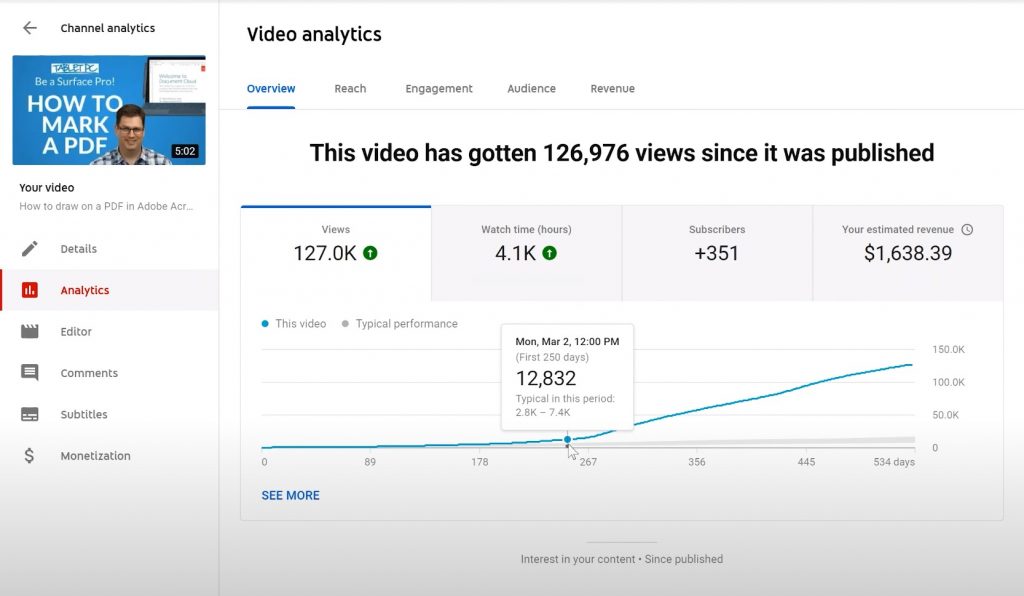
Office workers with a Surface Pro (and there are millions of them) were suddenly forced to work from home. Without there regular office equipment, they found themselves unable to sign a document. They had a problem.
Now aware of the need to change, and with a strong desire to support the change – they came and found the knowledge required to change in our video. Ability comes through practice, and no doubt they went away and practiced it. And by now, many of them would have repeated that behavioral change many times.
Later when they go back to the office, that change will stick. They won’t print a document to sign it, and then scan it back in again. Rather, they will sign away on the screen. They will save a sheet of paper, and a print… But more importantly, they’ll continue to be able to sign documents at home, or from anywhere as they return to a mobile world. Work is no longer a place that you go, but something that you can do from anywhere.
The Real Game Changer
So, even though those people had a “game changing” Surface Pro – a very capable device with a pen on board. It is only now an actual game changer. Why? Because they’ve been able to personally transform their process.
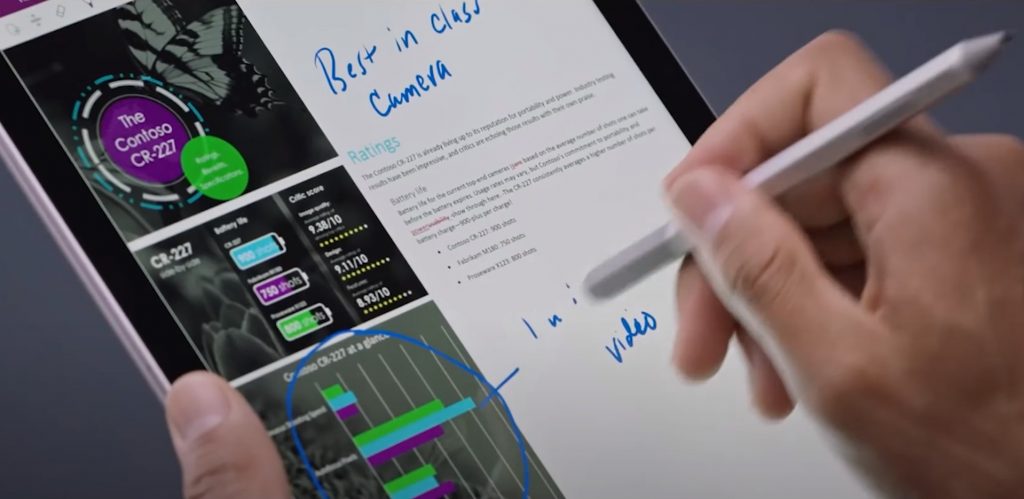
So instead of mindlessly accepting the next “game changer” that gets released – whether it be a device, app or subscription – apply a Personal Digital Transformation philosophy instead. Look at the “game changer” through the lens of, “Why?” and start asking questions like: What makes up my day? What tasks do I do? How do I do them? Why do I do them the way I do? What are the issues related to the task? Can this technology be applied to improve the task? Is there a better way?
Why Change is Hard
It’s personally challenging to apply this process. At times, you’ll hear yourself say, “but I like to do it this way.” I get it… You’re comfortable with what you’re doing. But should you be? Unless you keep disrupting yourself, you’re going to find yourself in a deep rut. And as they say, “If you’re green you grow, if you’re ripe you rot!”
So take a step back and look at the potential gains. For example, being more organized, focused, and having better control over your computer and mobile devices – leaves you feeling less stressed. Or, getting things done on the spot while you’re out on site or at a meeting means that you don’t have to re-type work late at night – buying back your personal time.
Worth the Effort
The potential for personal benefits like these sparks the desire for you to change. Then with that desire, you have the fuel to go and acquire the knowledge you need – whether that is facilitated by training, or found online in your own research. And remember that practice makes progress. Continued practice makes progress that brings satisfaction. A sense of progress is what makes work meaningful, according to popular author Dan Pink.
In brief, remember that Personal Digital Transformation, and any change for that matter is not a straight road. Expect progress and regression. You’ll go forward and back many times on the journey. But don’t fall into the consumeristic trap of thinking that change should be intuitive, magical and easy. There’s no way around it, meaningful progress requires effort.
So if you want to make progress and change your game, remember to subscribe to our YouTube channel, and bookmark our blog, for more information like this.

